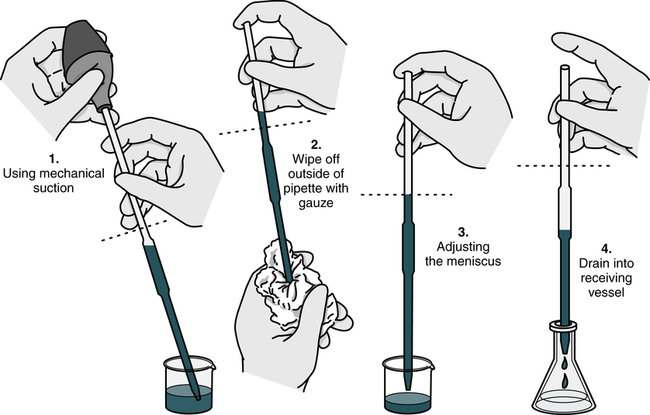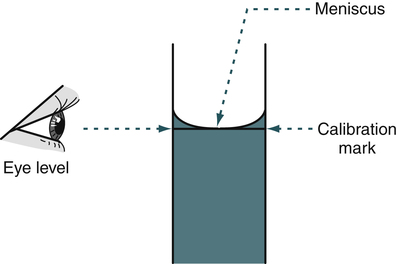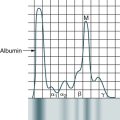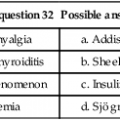At the conclusion of this chapter, the reader should be able to: • Identify and explain the parts of a procedure. • Describe the preparation of blood specimens for testing. • Provide examples of the types of specimens that can be tested using immunologic procedures. • Explain how complement is inactivated in a serum sample. • Compare the differences between the two types of pipettes typically used in the immunology-serology laboratory. • Describe and demonstrate pipetting techniques using manual and automatic pipettes. • Calculate the concentration of a substance using the dilution factor. • Calculate the concentration of a single dilution. • Compare the characteristics of the acute and chronic phases of illness. • Define the term antibody titer. • Analyze a case study with the interpretation of the assay results. • Correctly answer case study related multiple choice questions. • Be prepared to participate in a discussion of critical thinking questions. • Correctly answer end of chapter review questions. The procedures manual must be a complete document of current techniques and approved policies that is available at all times in the immediate bench area of laboratory personnel. It is extremely important that all personnel review this manual periodically. The manual should comply with the CLSI format for a procedure (see Box 7-1). The procedural format found in this text generally follows these guidelines. Pipettes are used in the immunology-serology laboratory for the quantitative transfer of reagents and the preparations of serial dilutions of specimens such as serum (Fig. 8-1). Although semiautomated micropipettes have replaced traditional glass pipettes in the laboratory, traditional methods may still be needed at times. • Aspirate liquid to about 1 inch (2.5 cm) above the top (zero) line of the pipette. • Raise the pipette vertically to avoid the introduction of air bubbles and wipe off the exterior surface with a clean gauze or tissue square. • Working at eye level, slowly lower the liquid so that the meniscus is at zero. • Aspirate the contents of the pipette into the appropriate test tube or vessel. • Wear gloves during pipetting procedures in compliance with Standard Precautions. With practice, it is important to develop a good technique for handling pipettes (Fig. 8-2). The same general steps apply to pipetting with all manual pipettes (Box 8-1), with few exceptions. After the pipette has been filled above the top graduation mark, removed from the vessel, and held in a vertical position, the meniscus must be adjusted. The meniscus is the curvature in the top surface of a liquid (Fig. 8-3). The pipette should be held so that the calibration mark is at eye level. All readings must be made with the eye at the level of the meniscus. The delivery tip is touched to the inside wall of the original vessel, not the liquid, and the meniscus of the liquid in the pipette is eased, or adjusted, down to the calibration mark. The piston, usually in the form of a thumb plunger, is depressed to a stop position on the pipetting device. The tip is placed in the liquid to be measured, and then the plunger is slowly allowed to rise back to the original position (Fig. 8-4
Basic Serologic Laboratory Techniques
Procedures Manual
Pipettes

TD, To deliver. (From Turgeon ML: Linné & Ringsrud’s clinical laboratory science: the basics and routine techniques, ed 6, St Louis, 2012, Mosby.)
Inspection and Use
Pipetting Techniques
Manual Pipettes
Automatic Pipettes
Micropipettors
![]()
Stay updated, free articles. Join our Telegram channel

Full access? Get Clinical Tree


Basic Serologic Laboratory Techniques











